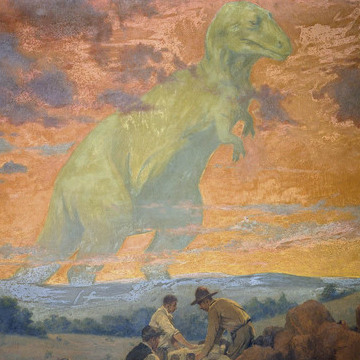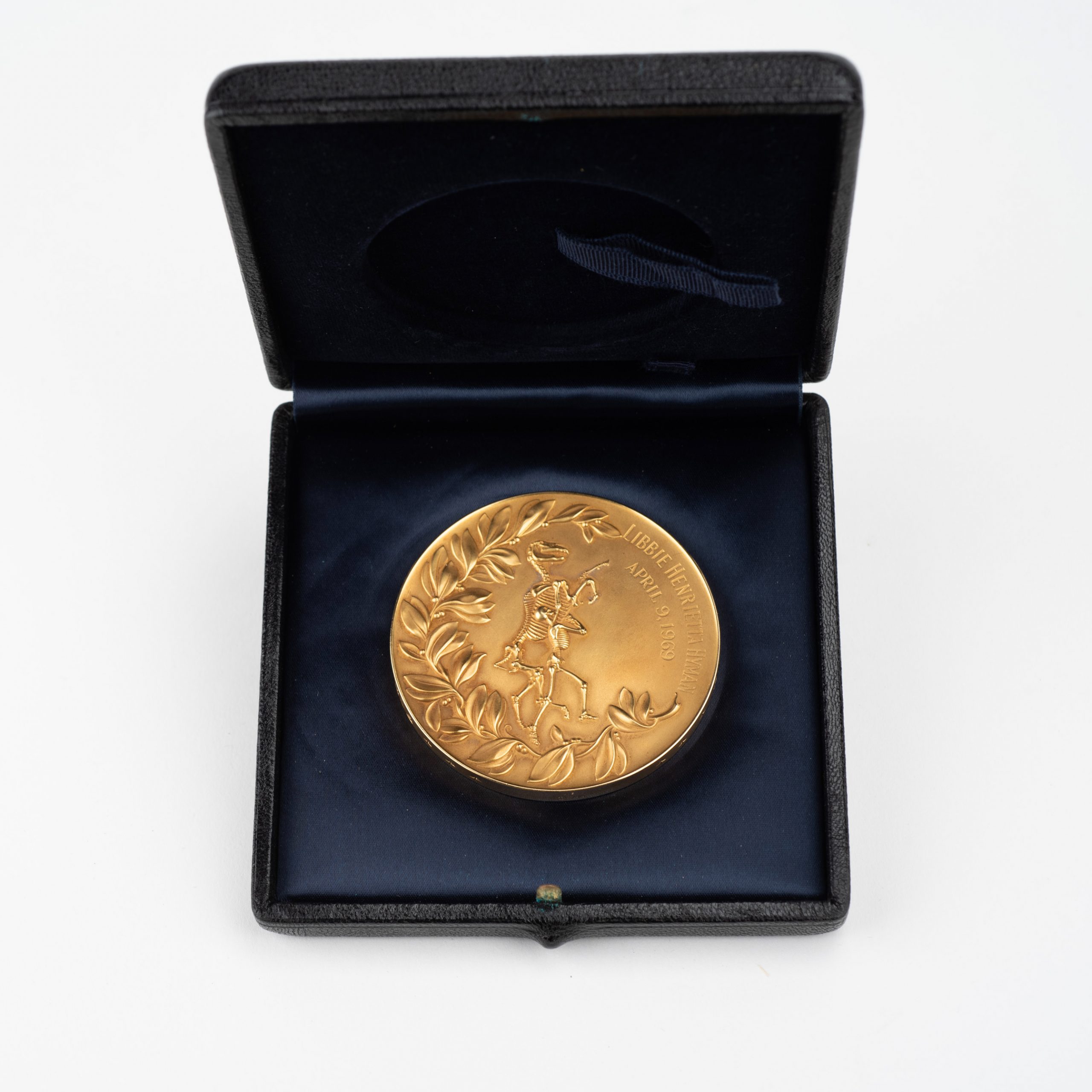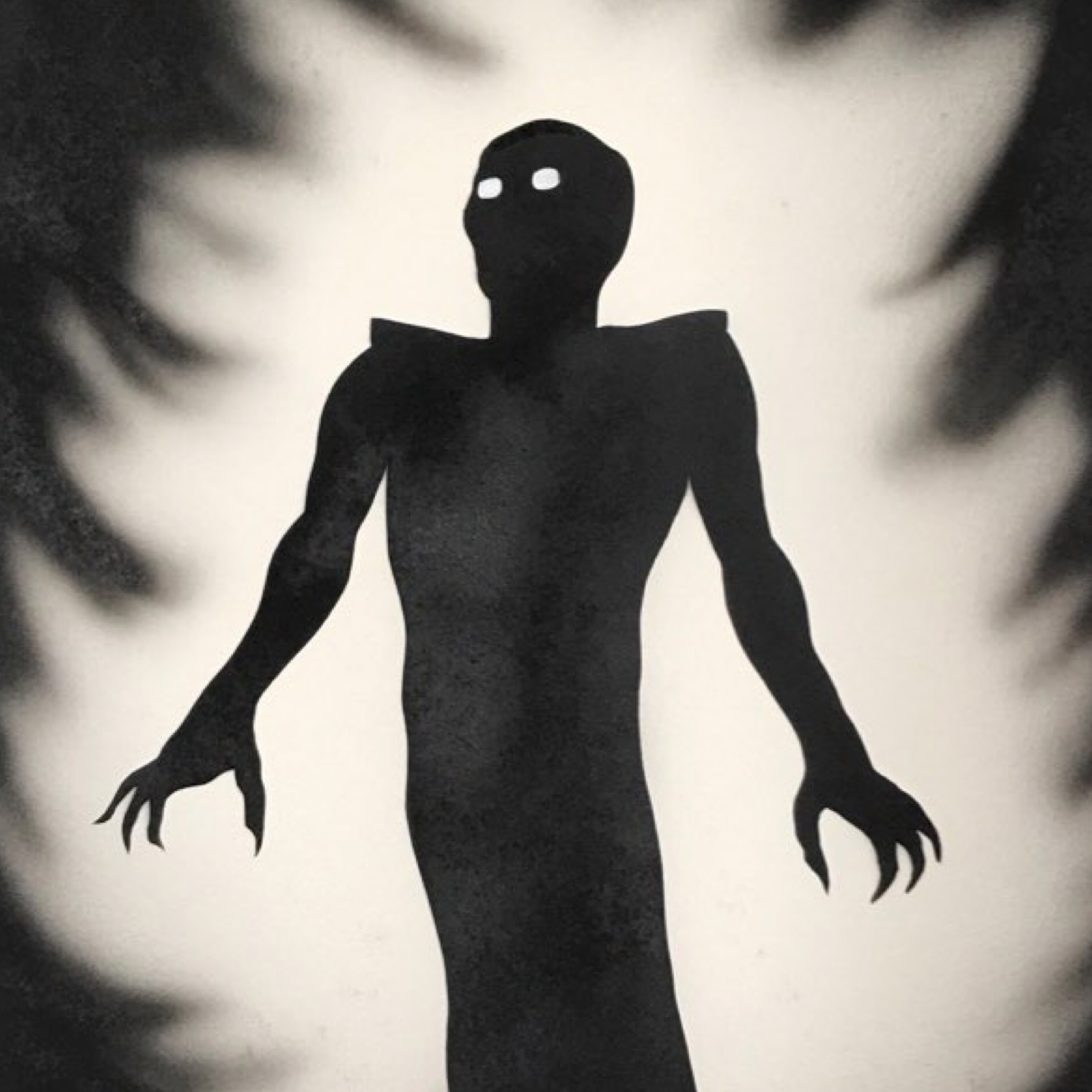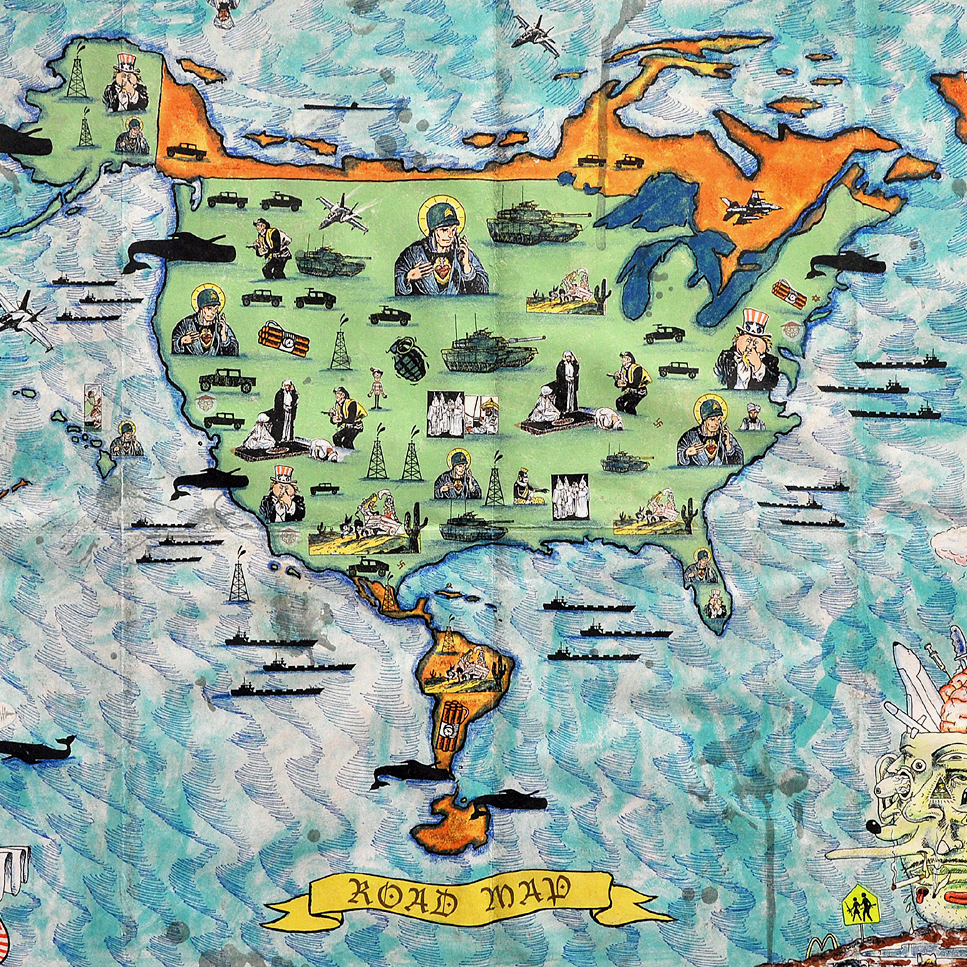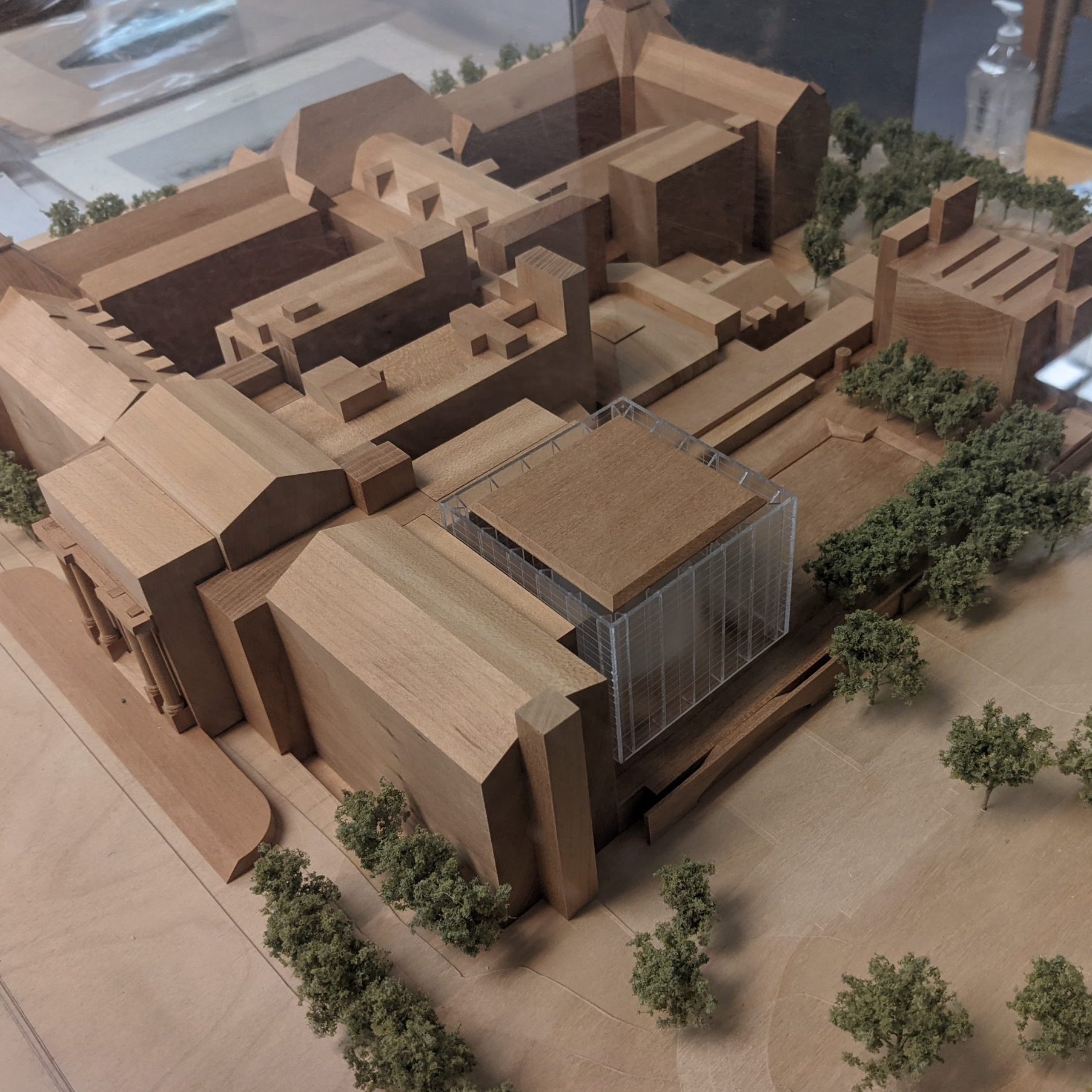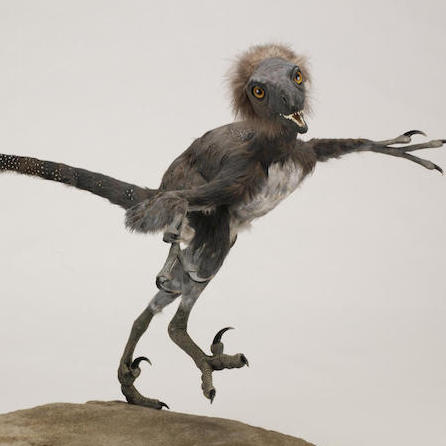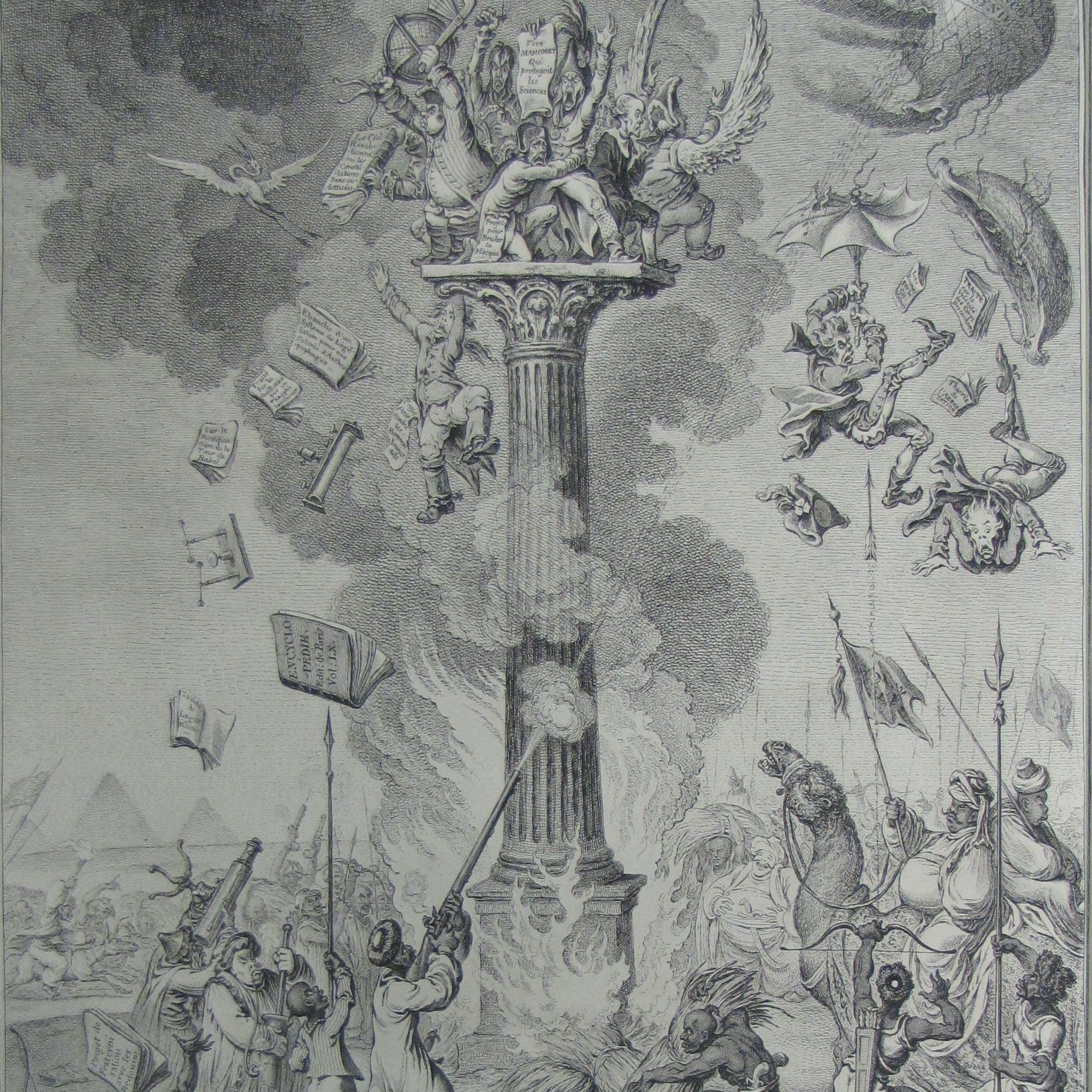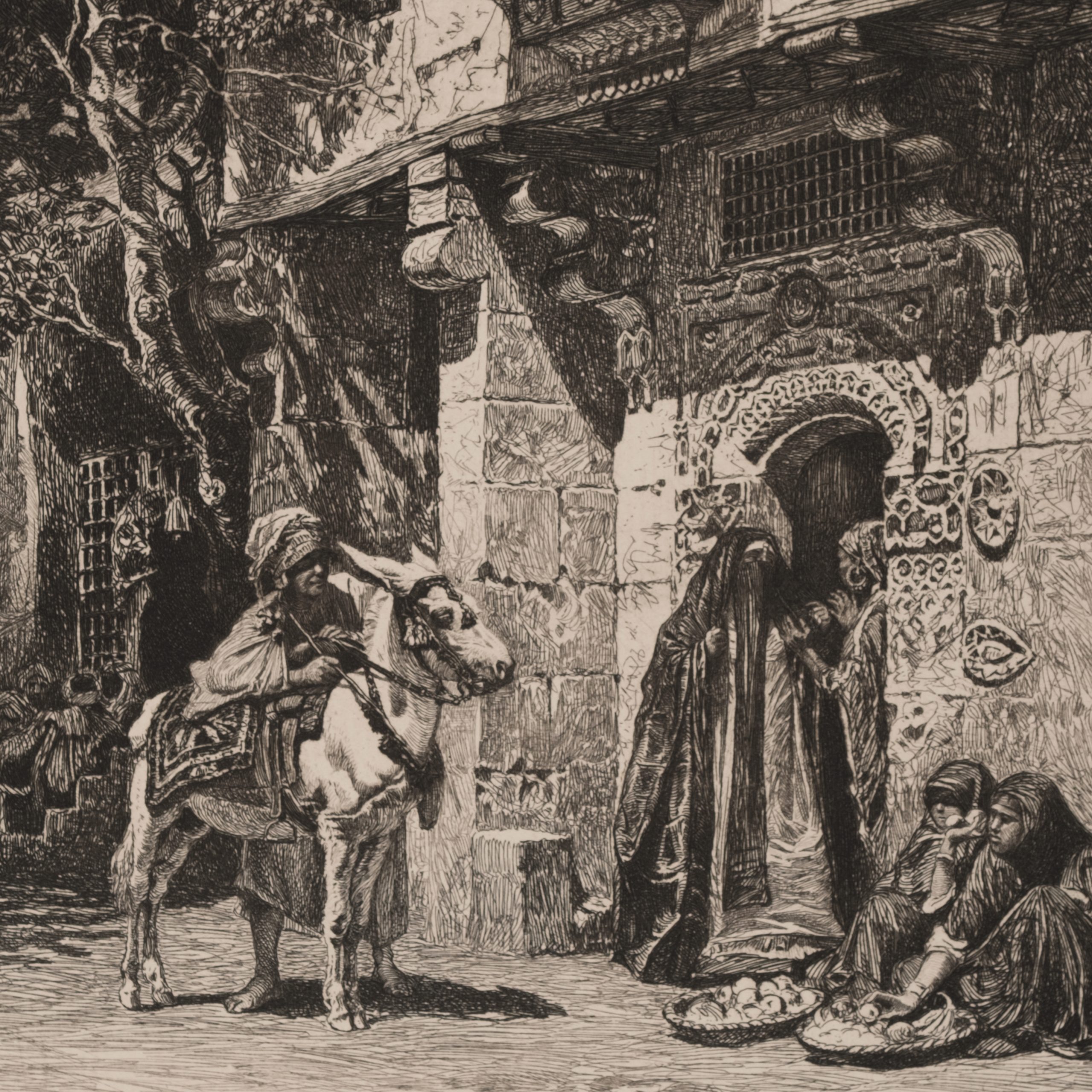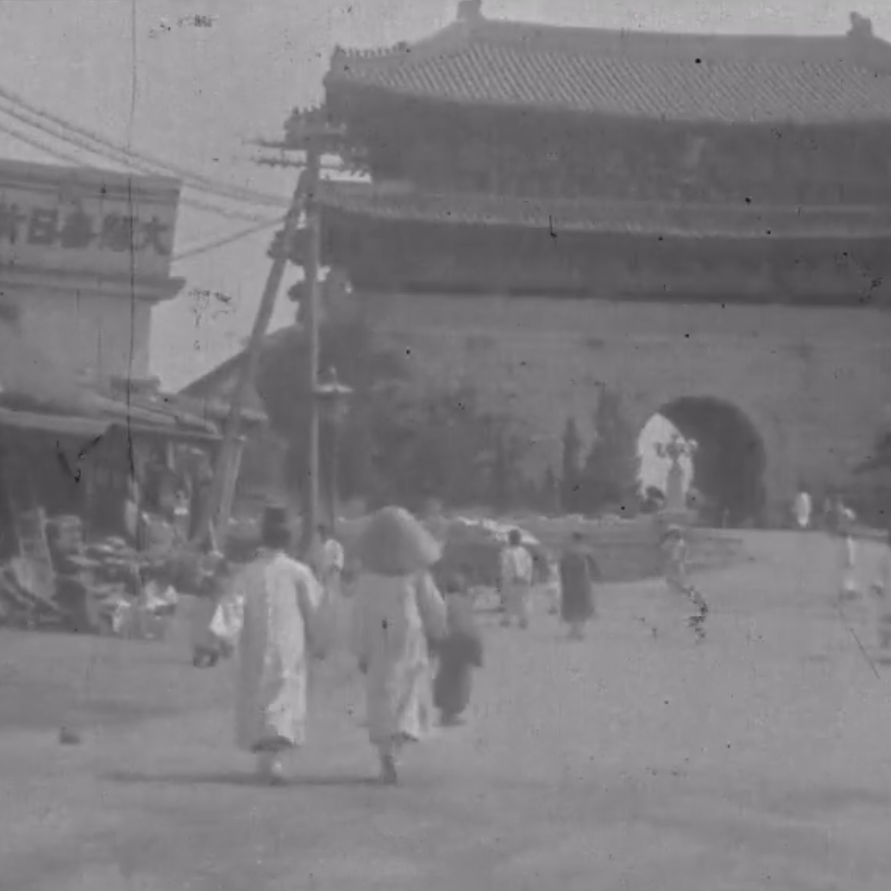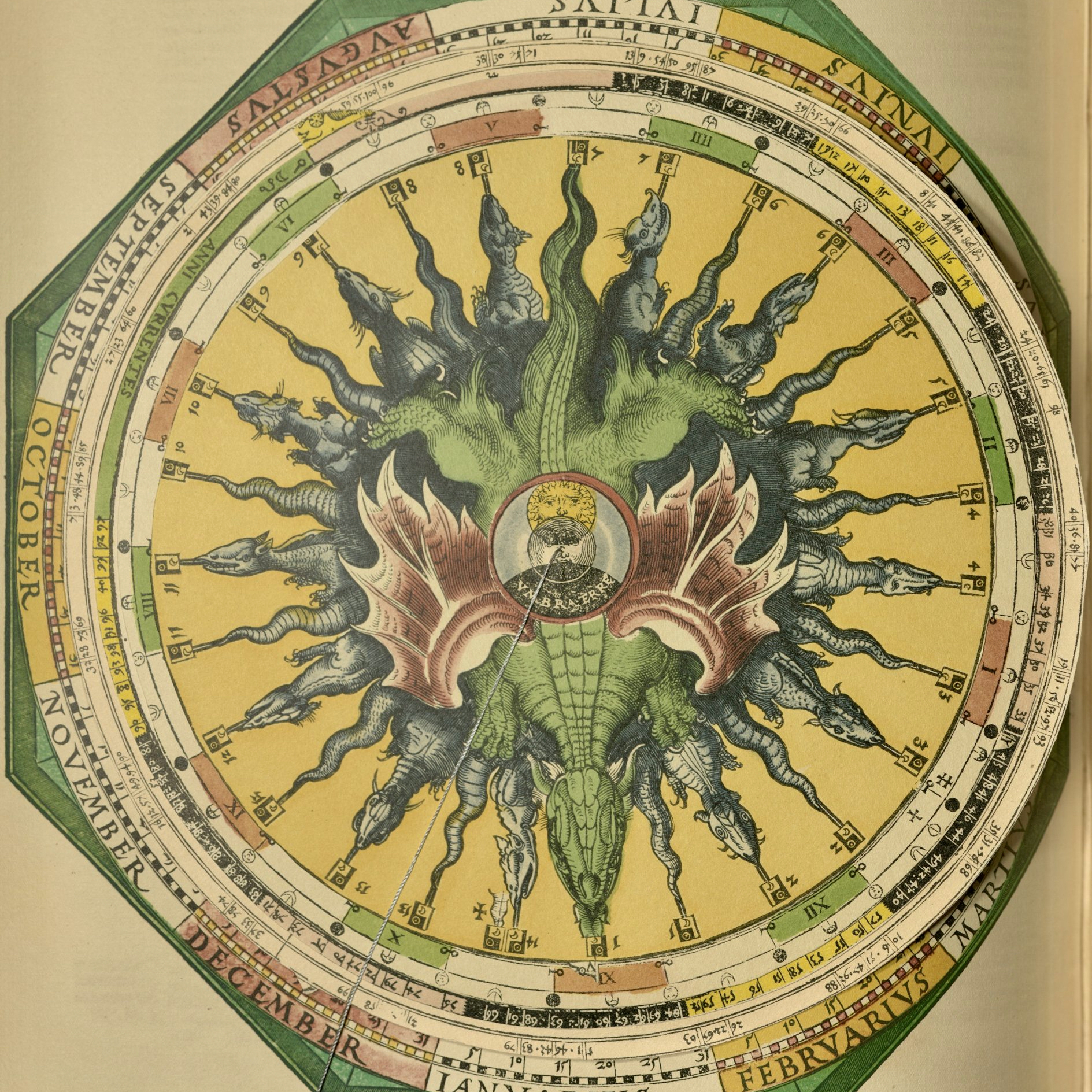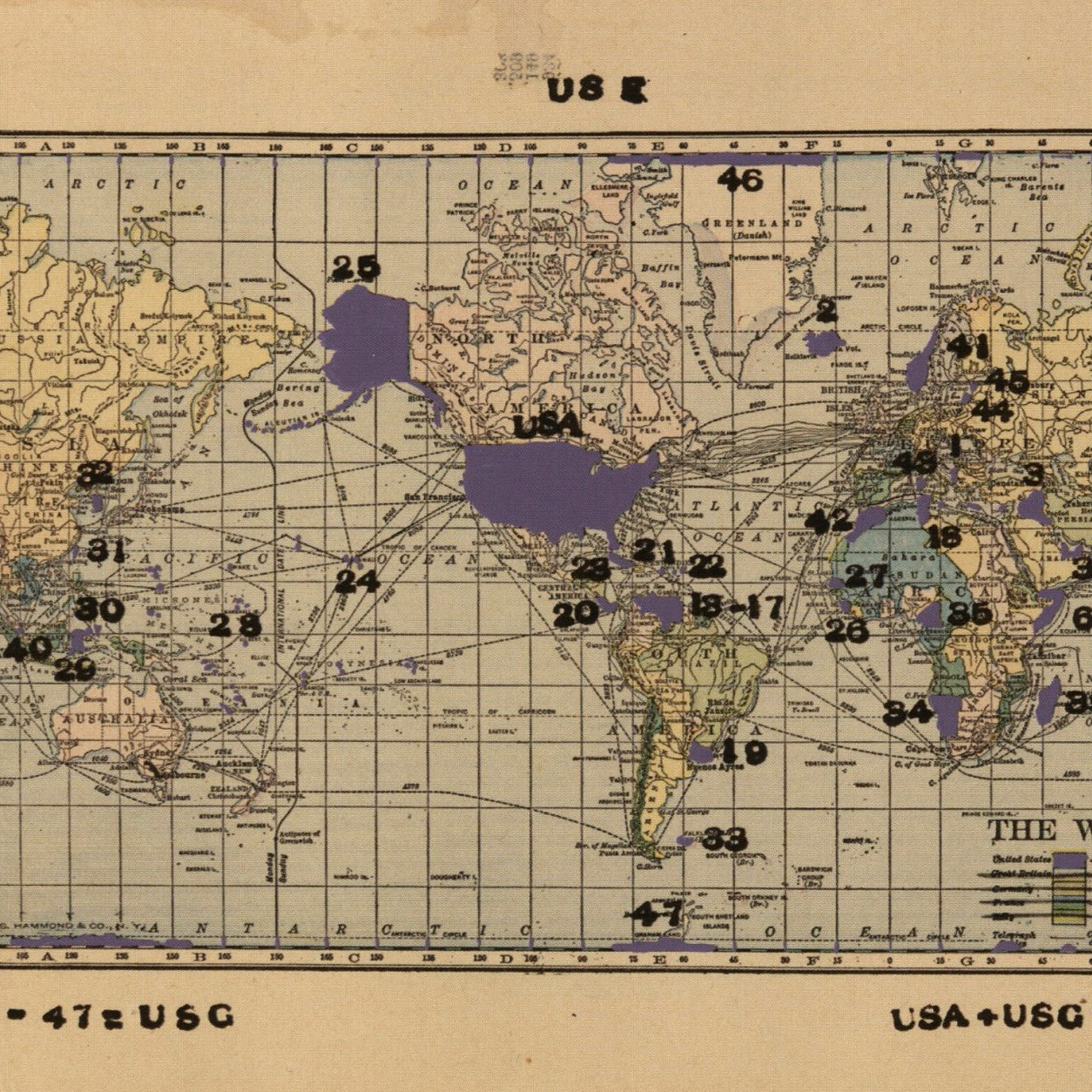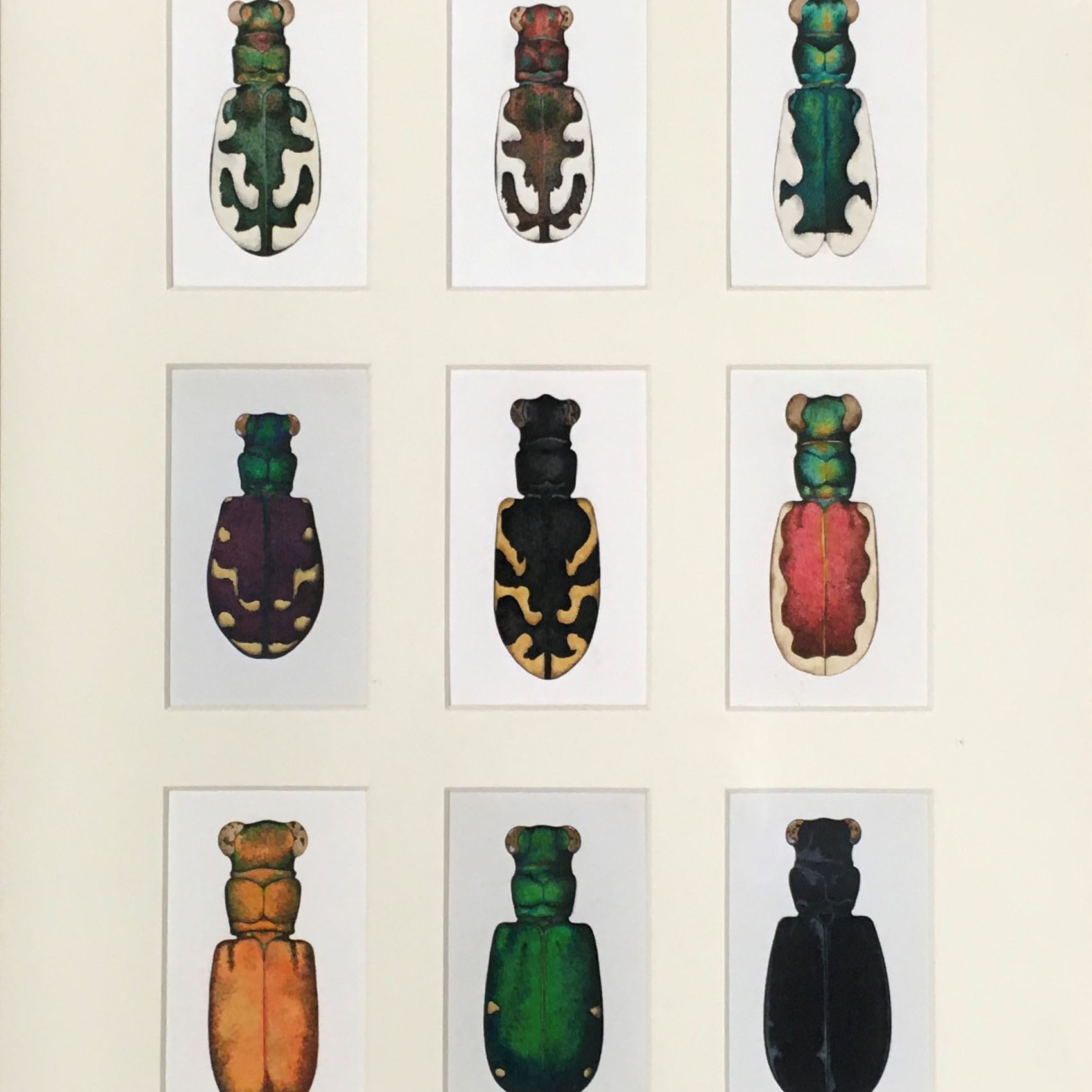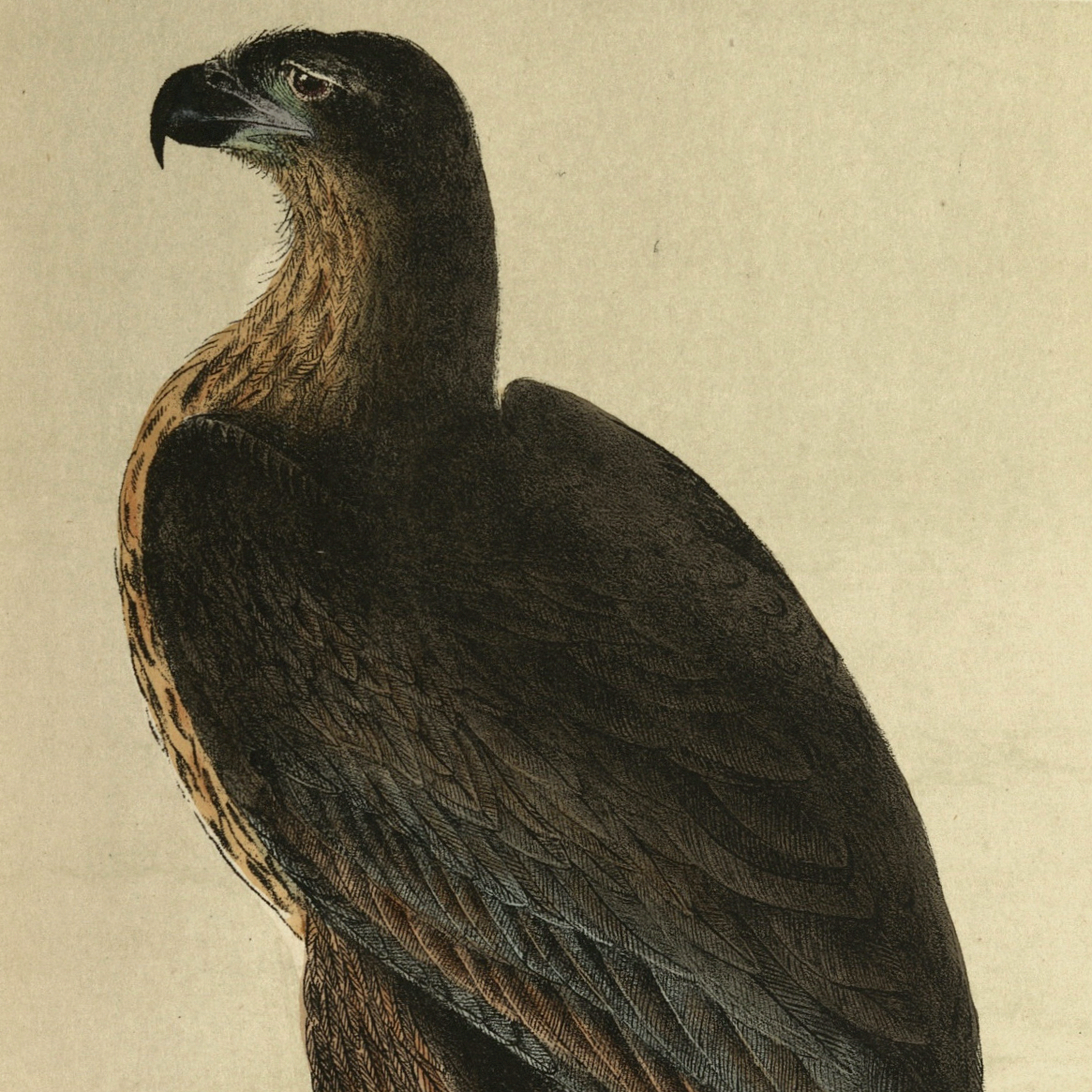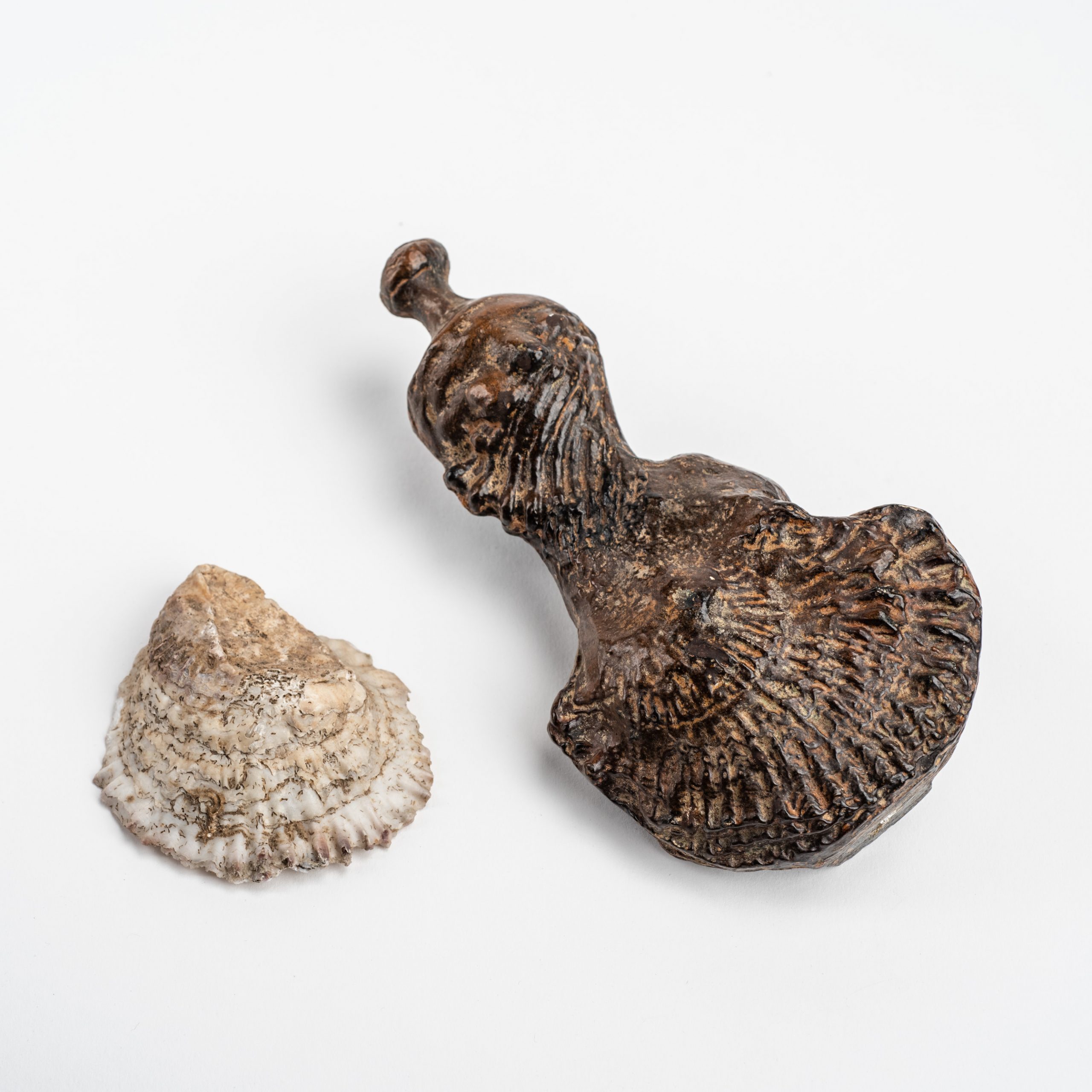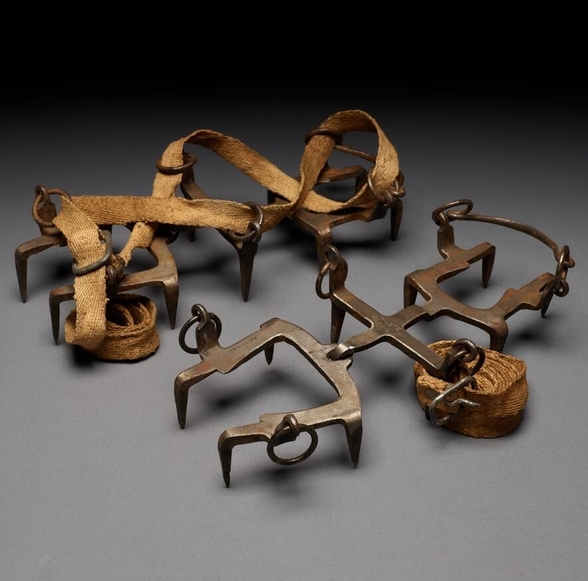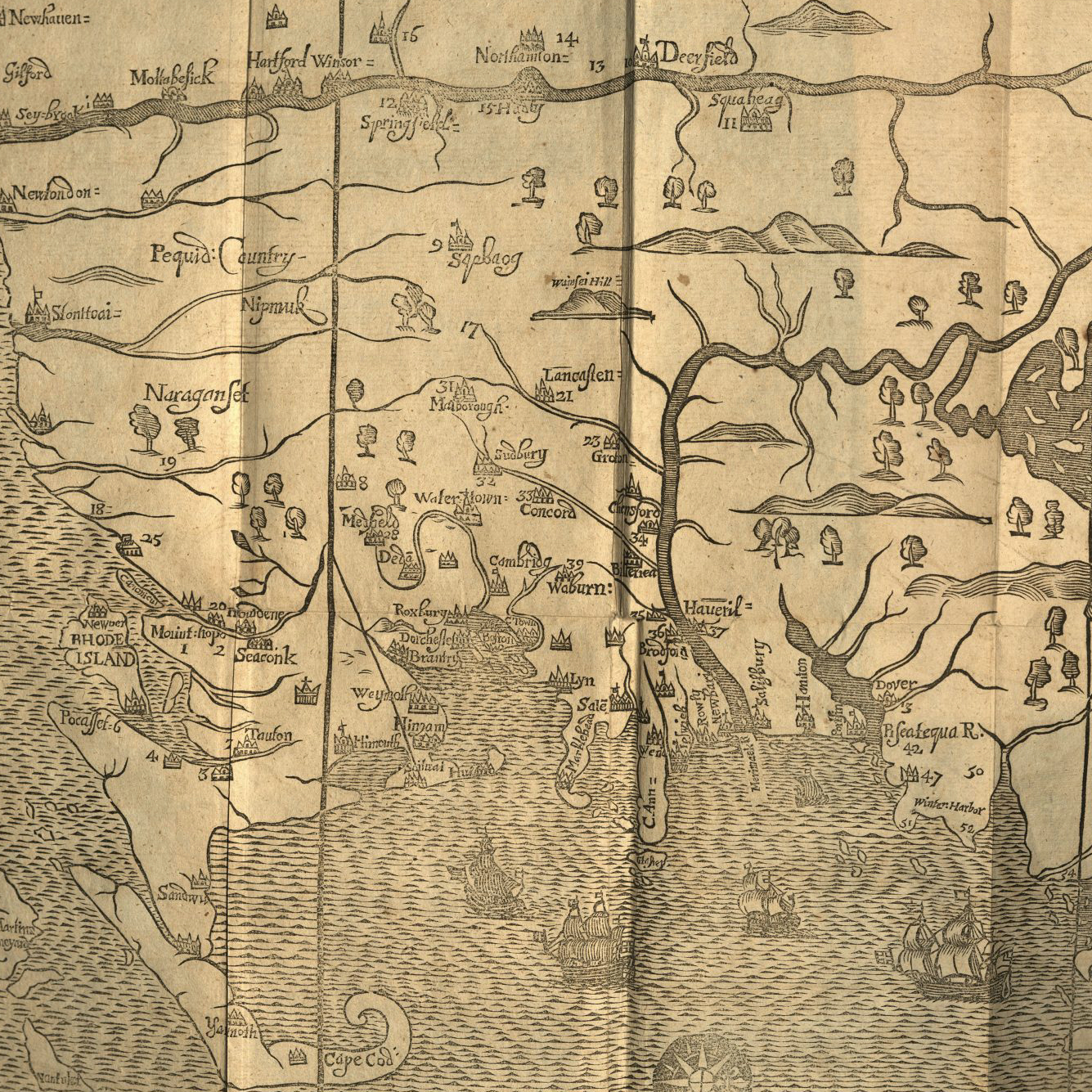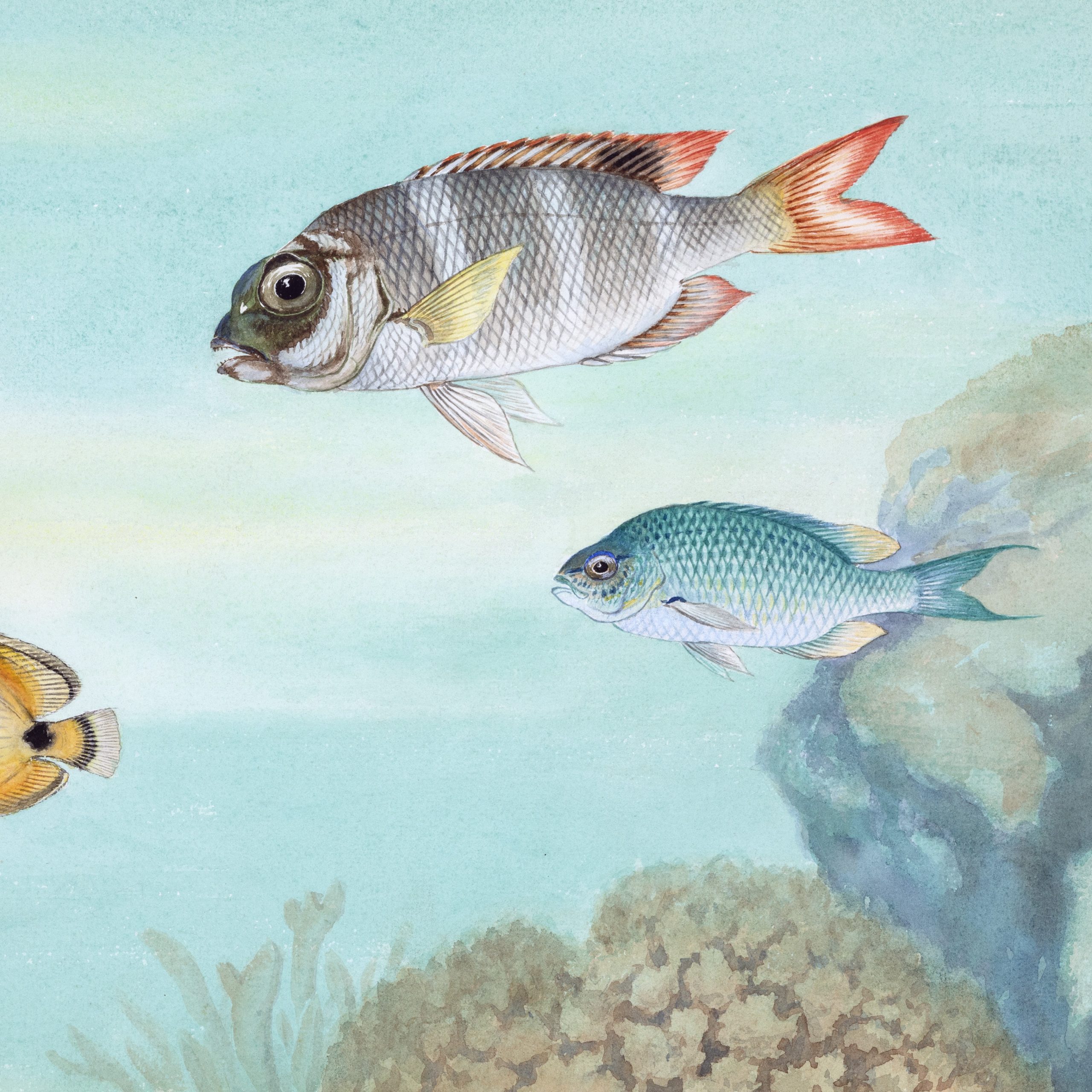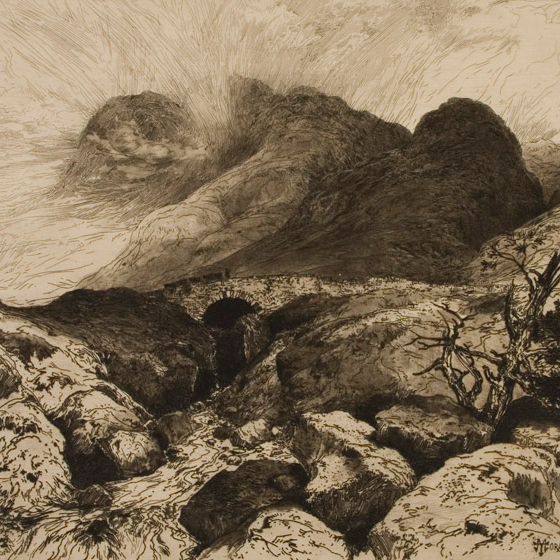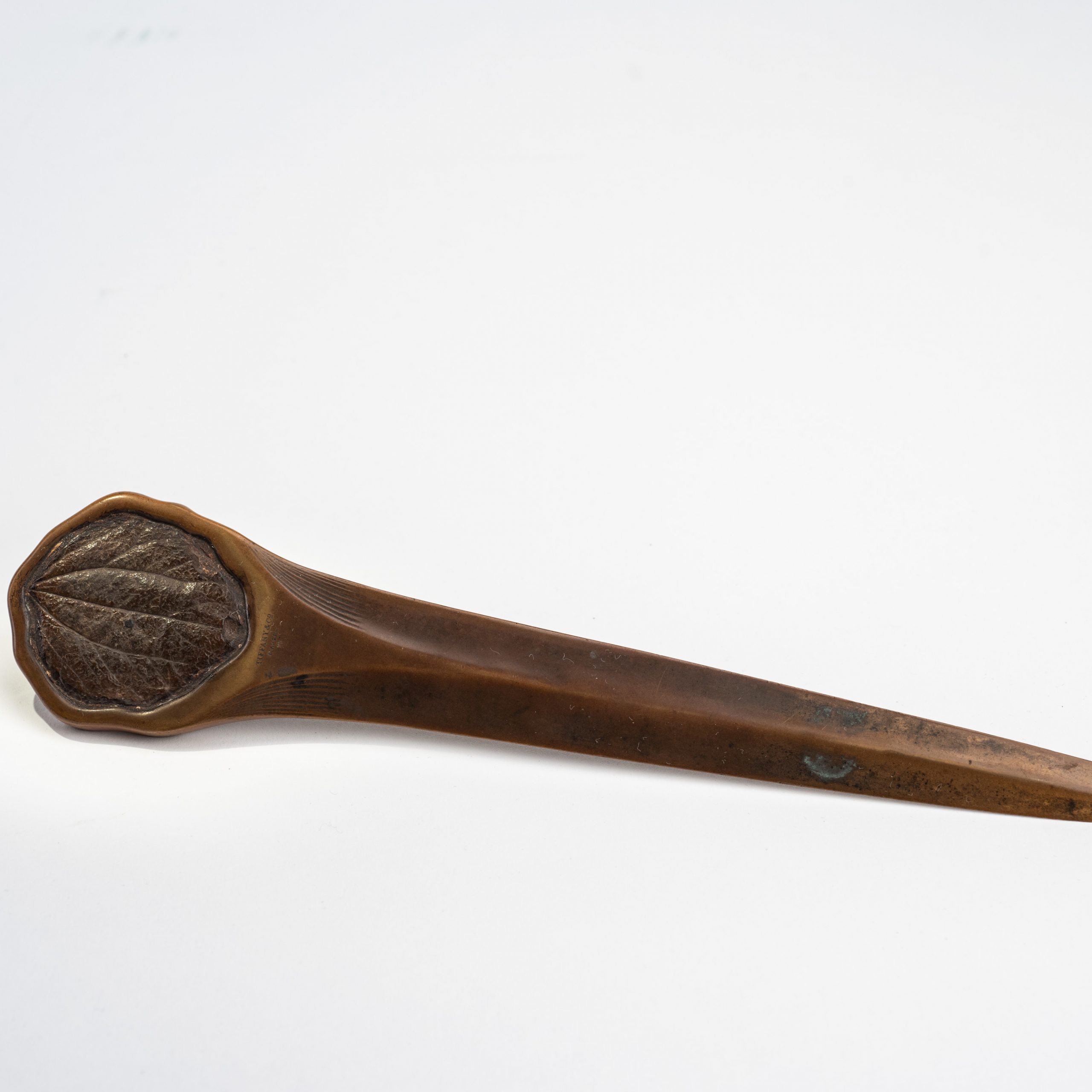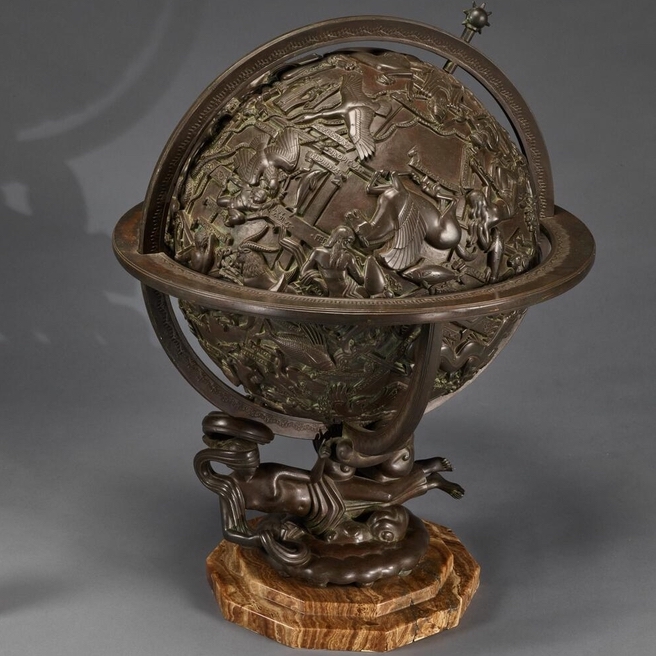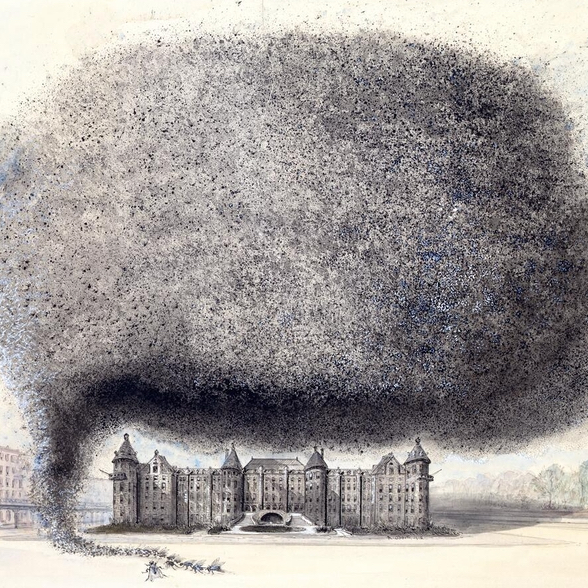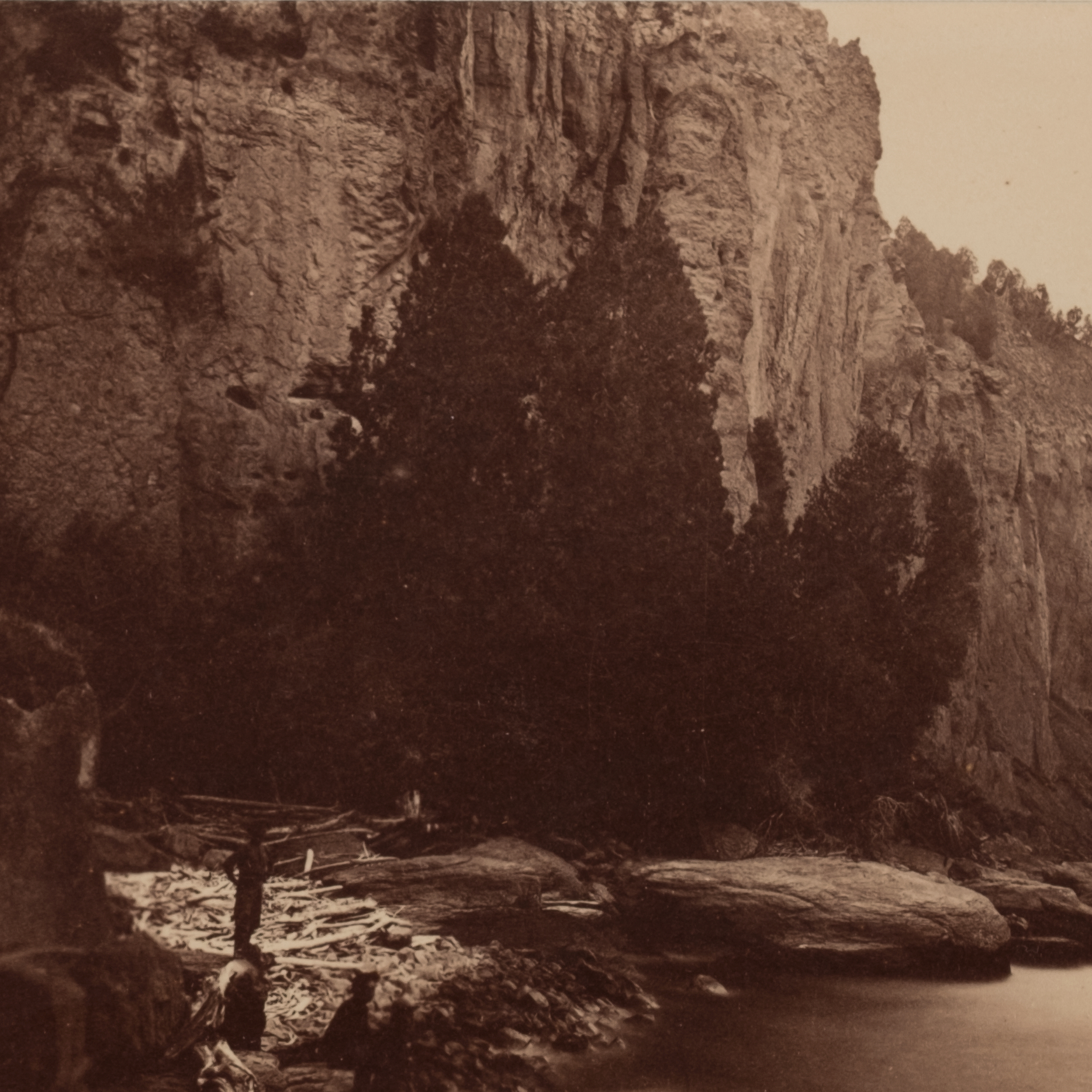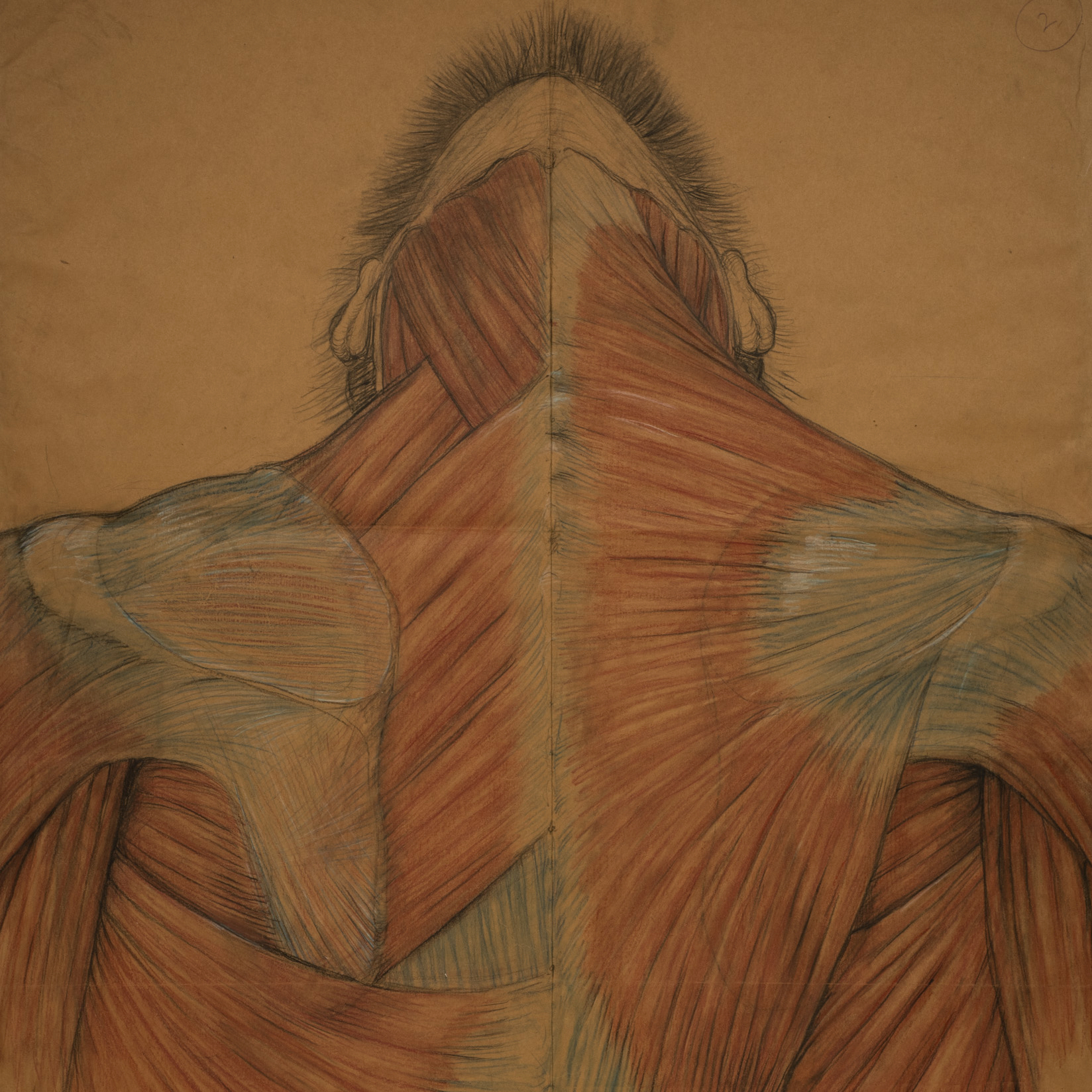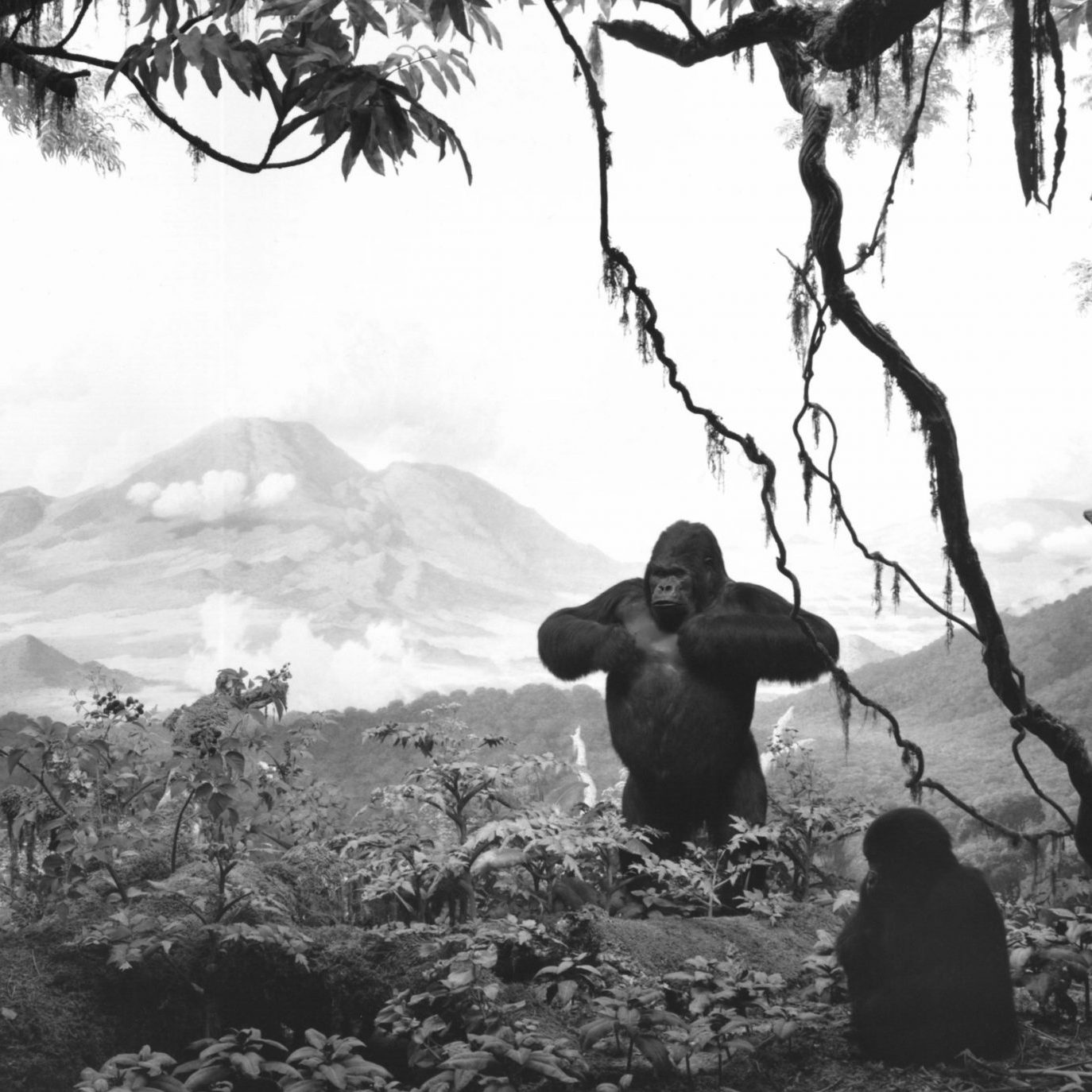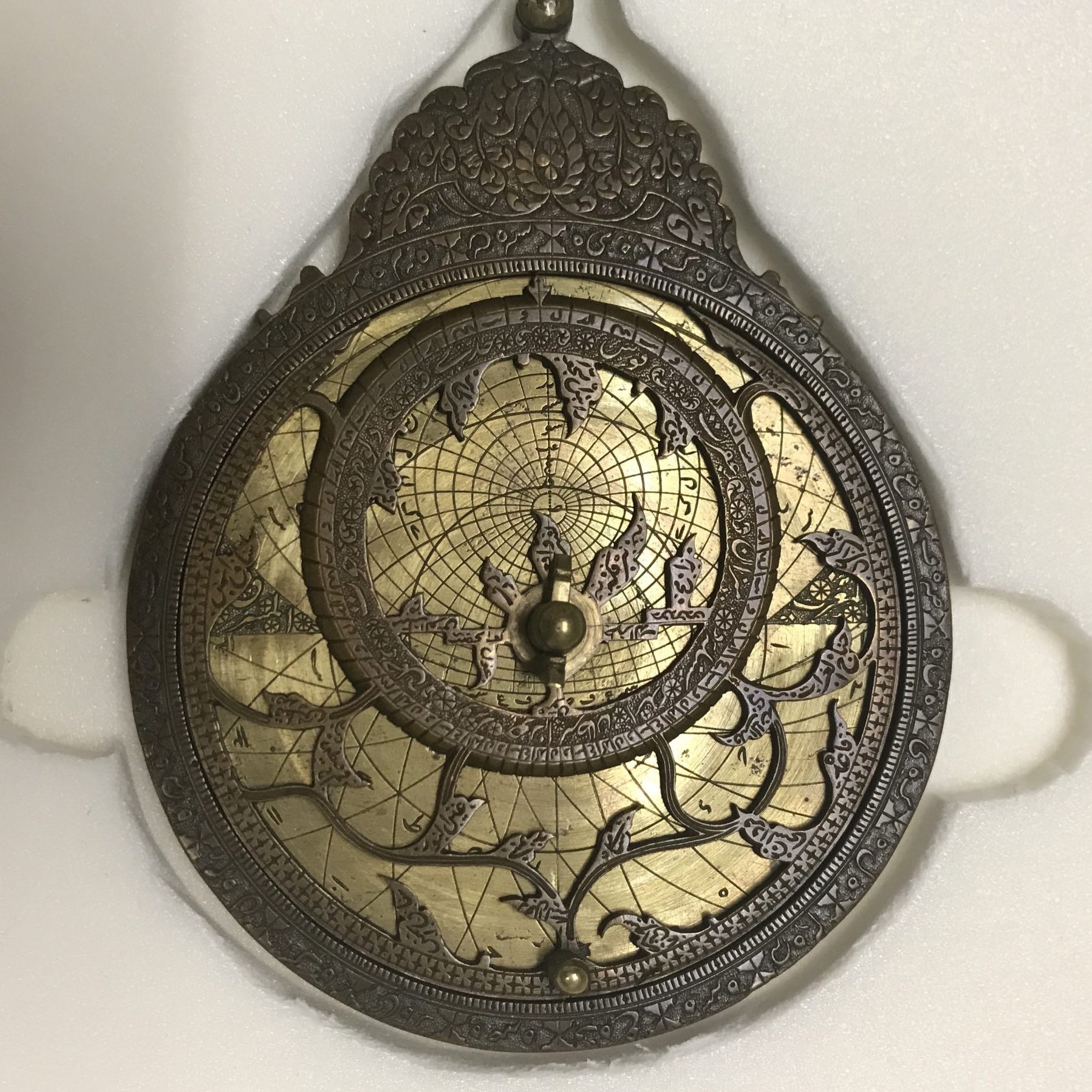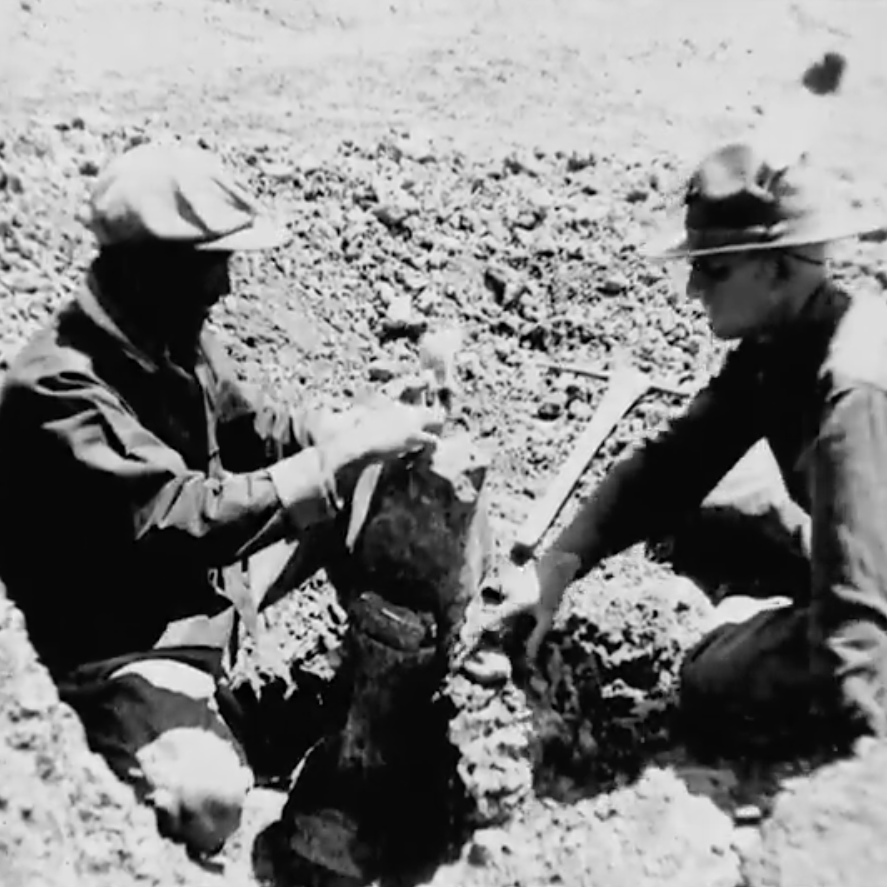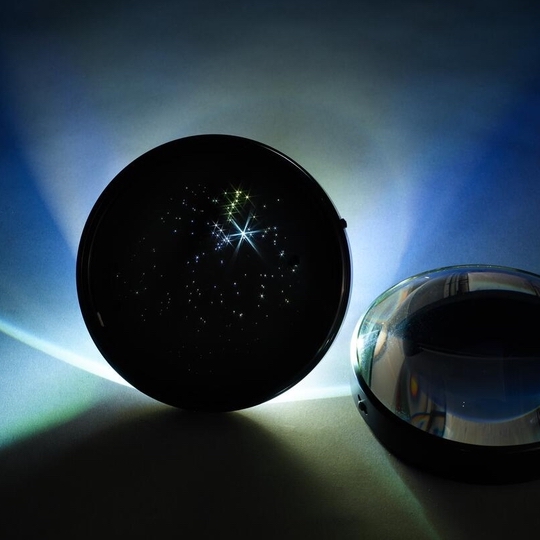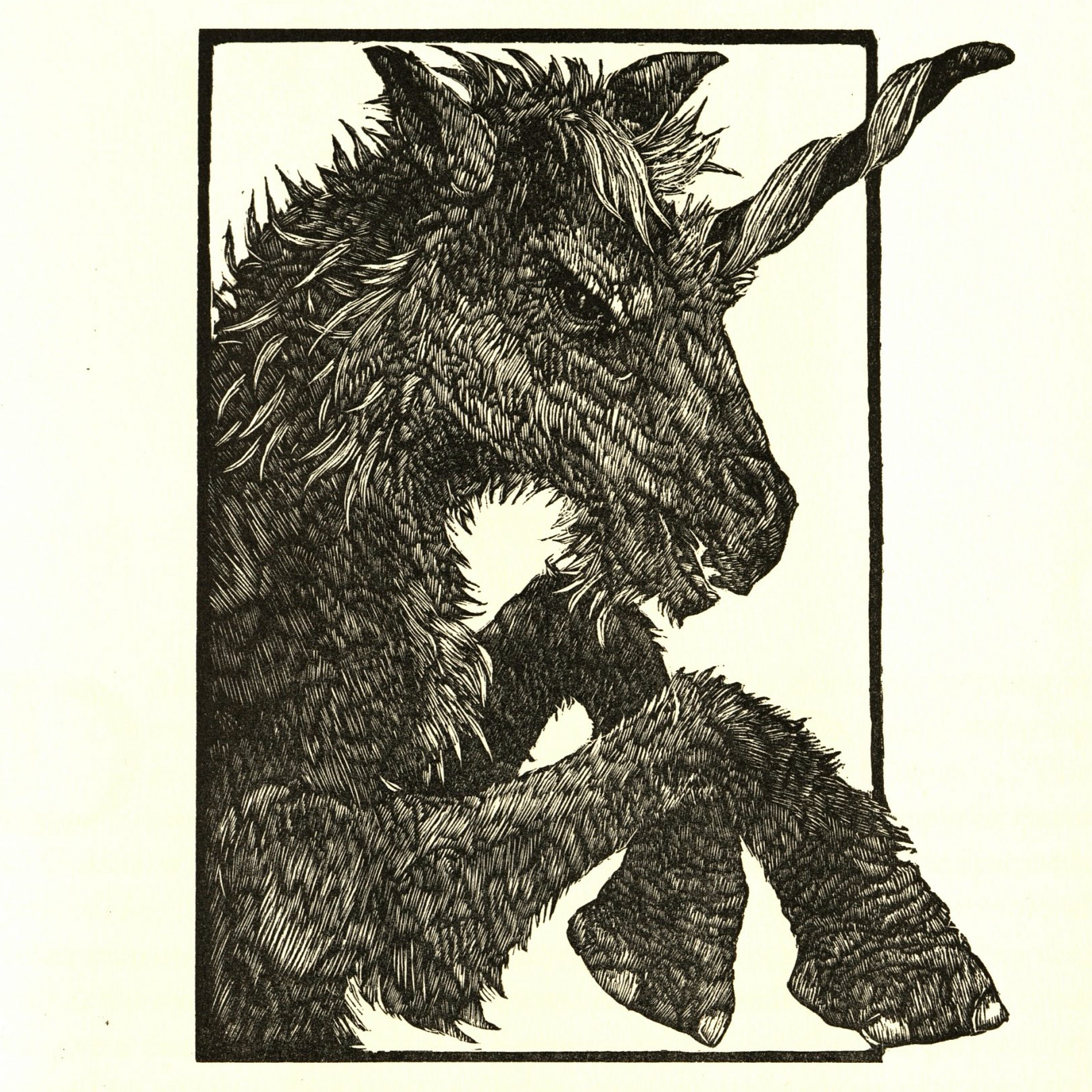“However fake the subject, once photographed, it's as good as real.” — Hiroshi Sugimoto
Japanese photographer and architect Hiroshi Sugimoto (1948–) treats the camera not as a simple documentary device but as a nexus of assumptions about objectivity and time that his own photos seek to challenge. His early, though still ongoing, work, Dioramas (1976–)—examples of which are shown above—has been released as both gallery exhibitions at the Getty Museum in Los Angeles and the Pace Gallery in New York and a photo book. Sugimoto’s photos in this series seem to capture realistic scenes of people, animals, and nature in action, but this first glance upon his images belies the fact that Sugimoto’s photos are taken of museum dioramas.
By showing dioramas, many featured from the American Museum of Natural History, these photos draw attention not to the natural world itself but to how it is represented in museums and, as Sugimoto’s shadows on some of the images suggest, how these dioramas are looked at as well. His photos question the objectivity of both museum dioramas and photographs—media understood to provide viewers with an accurate representation of reality—and impel us to reconsider the authority of these media and the position from which we view them.
The accuracy of dioramas, the subject of Sugimoto’s series and a visual staple in museums, has come under continual scrutiny by historians and activists. Cast in three dimensions, these supposed replicas of the natural world and the people, animals, and flora that populate it make particularly powerful claims about the reality of what they depict. Indeed, the architectural use of dioramas since the mid-1800s to create scale models of buildings and space has underscored their heuristic value. Other early dioramas made the fictional aspects of the medium more apparent by having an overt entertainment function; live performers sometimes acted in dioramas for the enjoyment of the audience. With the integration of dioramas into museums in the late 19th century, the medium has cemented its fraught claims to objectivity. Consequently, the scenes depicted within dioramas have come under attack for uncritically enshrining ideologies of white supremacy, speciesism, colonialism, and sexism in their representations of the past. These criticisms have reframed dioramas as sites of contested knowledge where our notions of the past collide against the need for social justice.
Other contemporary artists that have been inspired by Natural History dioramas include Mark Dion, Harri Kallio, Alexis Rockman, Peter Beard, and Walton Ford. Many of them further explore themes of extinction, colonialism, and exotism.
Written by Daniel Pfeiffer with additional research and notes by Tom Baione and Joel Sweimler.
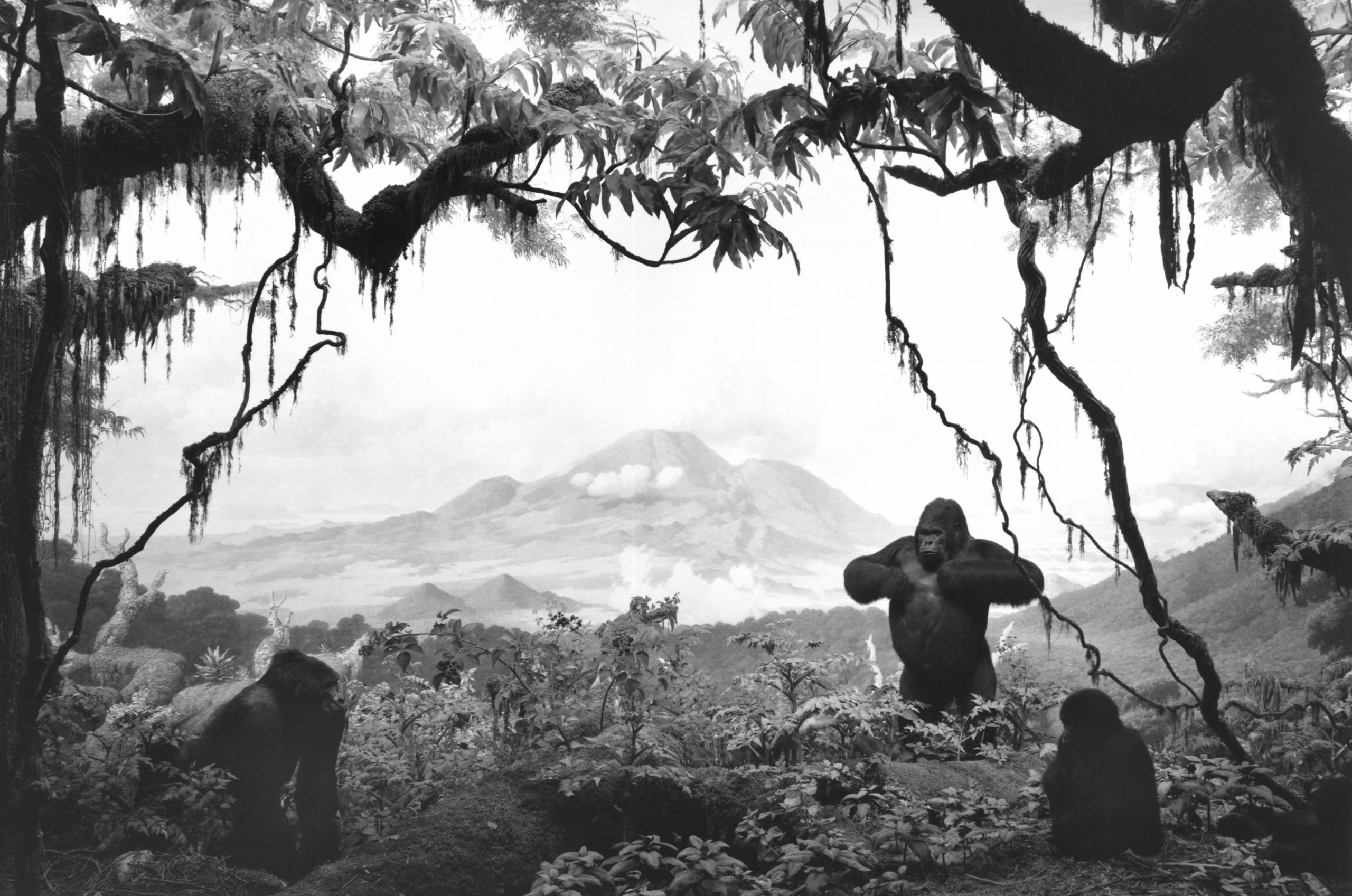
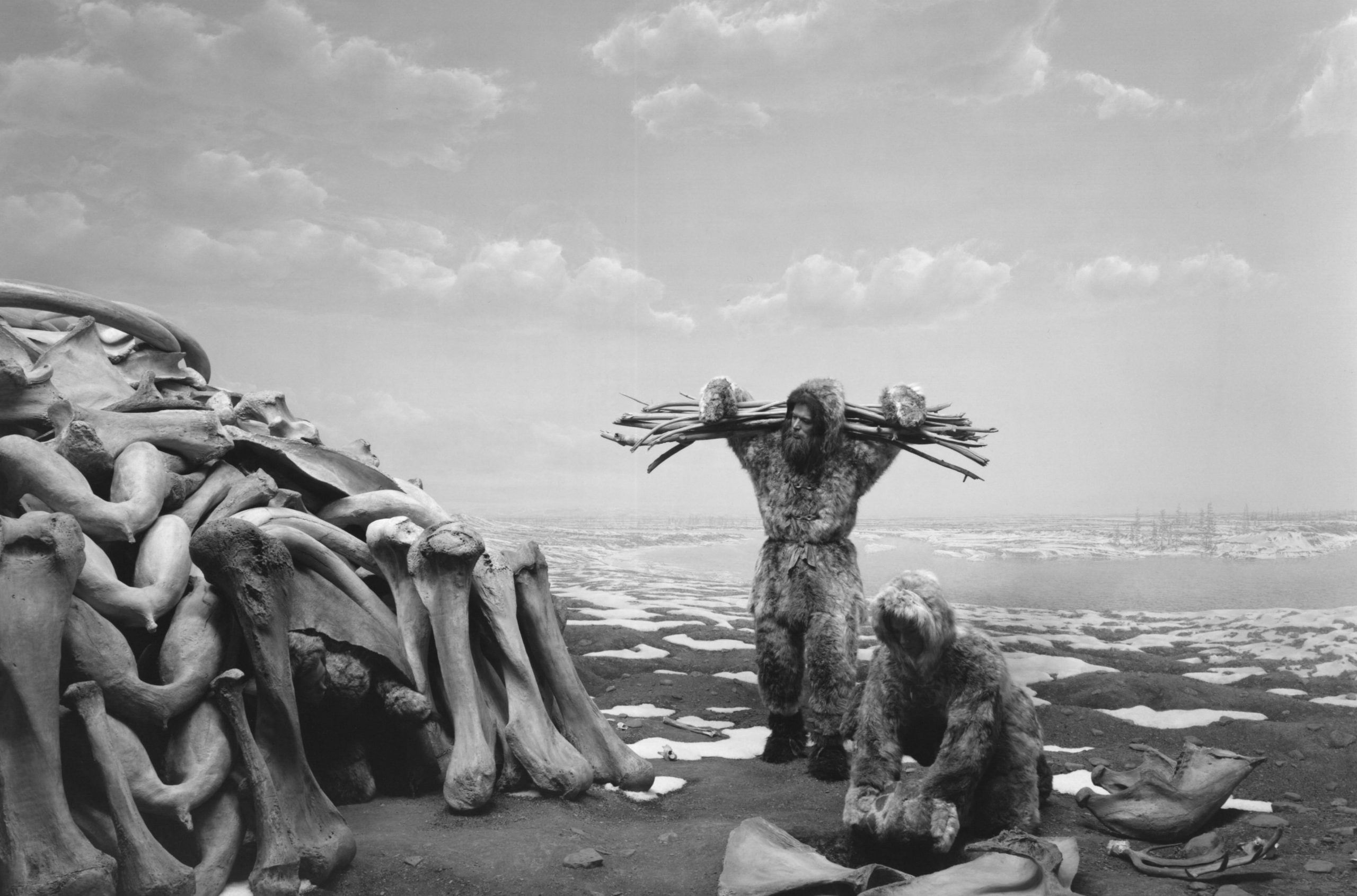
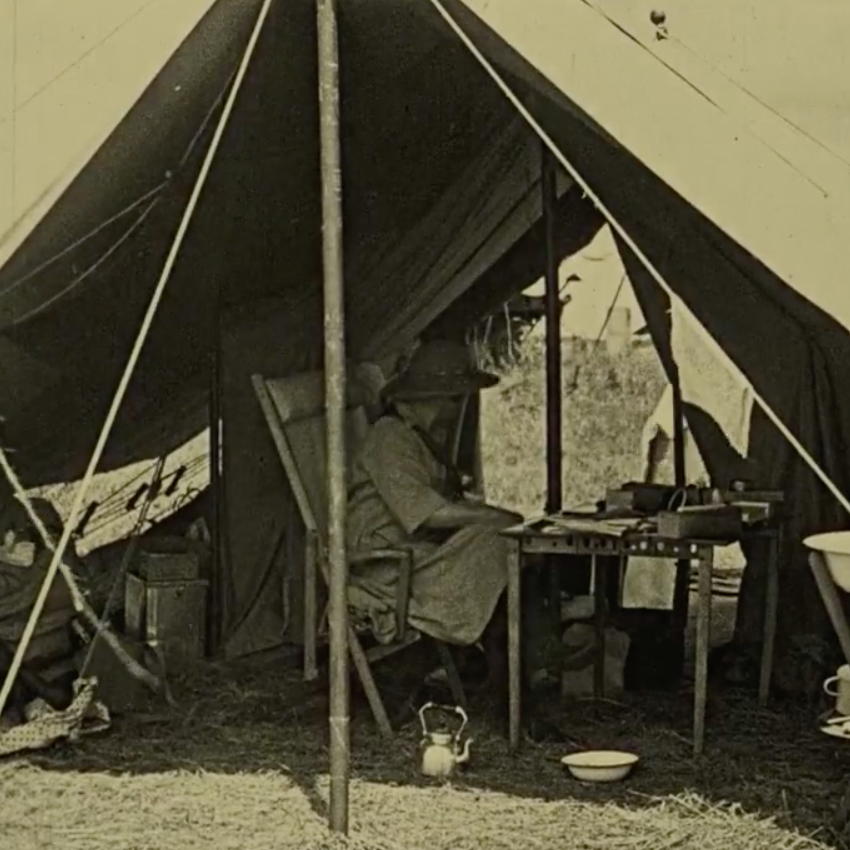
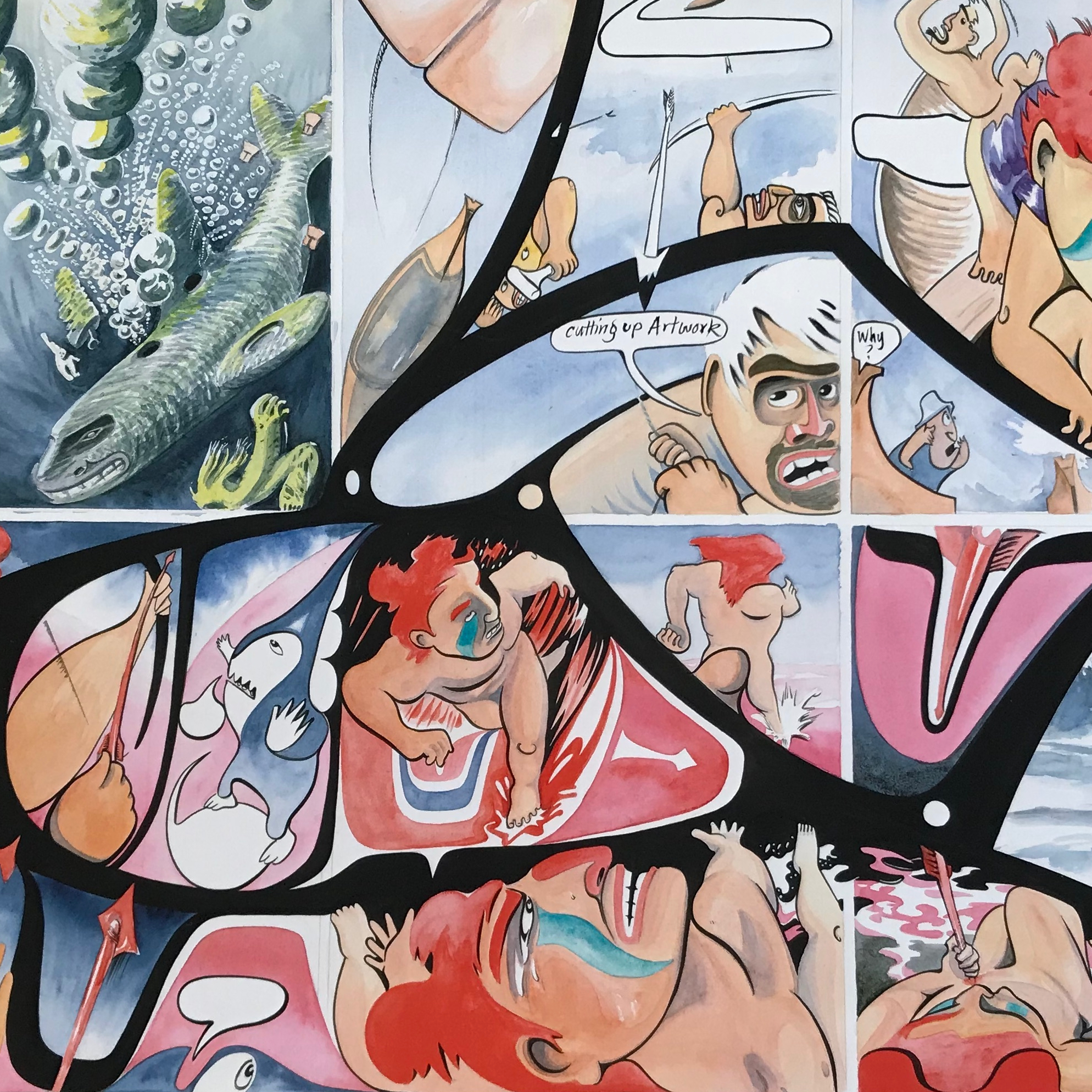

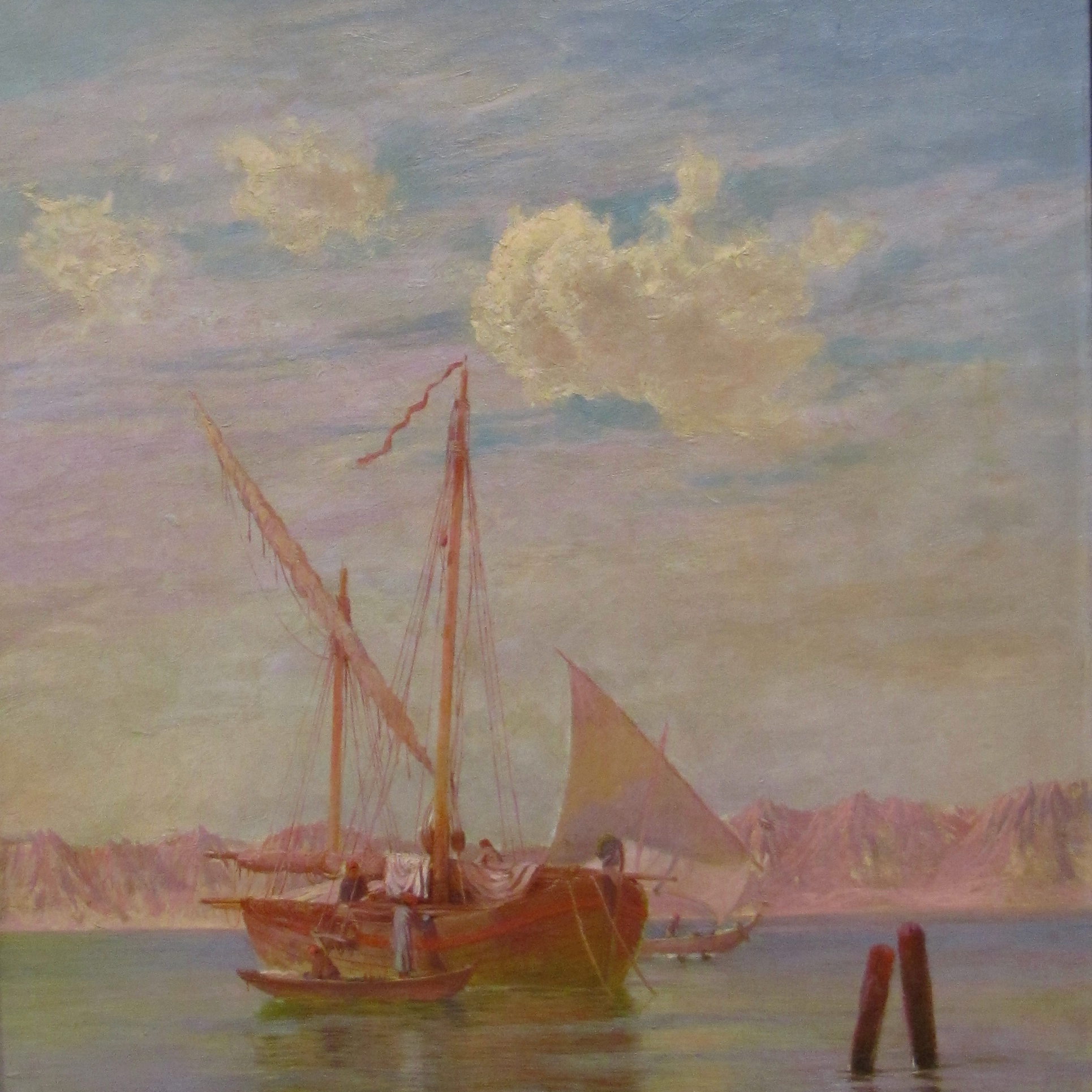
![Howard Russell Butler's [Hydrogen prominences]](https://futureoftruth.media.uconn.edu/wp-content/uploads/sites/2921/2023/01/k6584-square.jpg)
